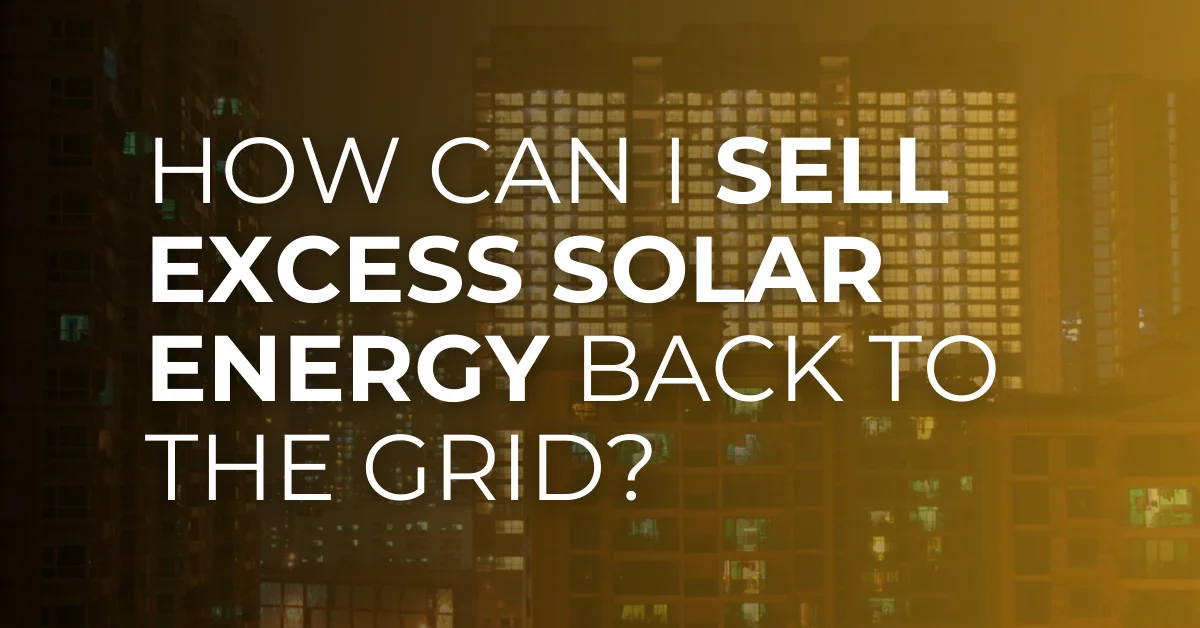The key difference between Electric Vehicles (EVs), Plug-in Hybrid Electric Vehicles (PHEVs), and Hybrid Electric Vehicles (HEVs) comes down to how they are powered and whether they require charging.
An EV runs entirely on electricity, has no gasoline engine, and must be plugged in to charge. A PHEV has both an electric motor and a gas engine, allowing it to drive on electric-only power for short distances before switching to gas. A HEV is a traditional hybrid that runs on gas but improves efficiency using an electric motor, self-charging through regenerative braking, which means it never needs to be plugged in.
Each type has its own advantages and trade-offs depending on driving needs, fuel savings, and charging availability. Below, we’ll break down how each works, their pros and cons, and which might be the best fit for you.
EV (Electric Vehicle) – Fully Electric, Zero Gas
An Electric Vehicle (EV) runs solely on electricity. It has no gasoline engine, no exhaust system, and no oil changes, just a battery and an electric motor. When you plug in an EV, the battery stores energy, which is then used to power the car. The result? A smooth, quiet ride with zero tailpipe emissions.
EVs come in different ranges depending on the size of the battery. Some early models barely hit 100 miles per charge, but today, most EVs easily exceed 200 miles, with high-end models pushing 400 miles or more. If you’re worried about range, it’s important to know that charging infrastructure is expanding rapidly, with fast chargers capable of adding up to 80% charge in 20–30 minutes.
Popular EV Models in the U.S.
- Tesla Model 3 & Model Y – Among the most popular EVs, offering up to 350+ miles of range with access to Tesla’s Supercharger network.
- Ford Mustang Mach-E – A stylish electric SUV with a range of up to 312 miles.
- Chevy Bolt EV & EUV – One of the most affordable EVs with a range of 259 miles.
- Hyundai Ioniq 5 & Kia EV6 – Modern, fast-charging EVs offering up to 310 miles per charge.
- Rivian R1T & R1S – Adventure-focused electric truck and SUV with over 300 miles of range.
- Lucid Air – A luxury EV with up to 520 miles of range, the highest of any EV currently available.
Charging & Infrastructure
Charging an EV isn’t as simple as refueling a gas car, but it’s becoming more convenient. There are three charging levels:
- Level 1 (120V) – This is your standard home outlet, adding about 3–5 miles of range per hour. It works, but it’s slow.
- Level 2 (240V) – Found in homes with a dedicated charger, workplaces, and public areas. This adds 25–40 miles per hour and can fully charge most EVs overnight.
- DC Fast Charging (Superchargers, CCS, CHAdeMO, NACS) – These are high-powered public chargers that can add 100+ miles in 20–30 minutes. Not all EVs support the fastest speeds, but they are crucial for long trips.
The biggest advantage of an EV is energy cost savings. It’s significantly cheaper to power an EV than a gas car. On average, electricity costs about 50–70% less per mile than gasoline. Plus, because EVs have fewer moving parts (no engine, transmission, or fuel system), maintenance is minimal. No oil changes, fewer repairs, and longer-lasting brakes due to regenerative braking.
However, charging access is a key consideration. If you don’t have a home charger or reliable public charging nearby, an EV might not be the best option. Cold weather can also impact battery efficiency, temporarily reducing range.
Pros & Cons of EVs
EVs eliminate gas costs and require less maintenance, but charging time and infrastructure remain important factors to consider.
✔ Pros:
- Zero emissions—no tailpipe pollution, reducing environmental impact.
- Lower fuel costs—charging is cheaper than gasoline in most regions.
- Minimal maintenance—no oil changes, fewer moving parts, and less wear and tear.
- Quiet and smooth driving experience—instant torque, fast acceleration, and no engine noise.
✘ Cons:
- Charging infrastructure still expanding—not as widespread as gas stations, though improving.
- Charging time—even with fast charging, refueling takes longer than a gas car.
- Higher upfront cost—EVs are generally more expensive than comparable gas cars, though incentives help.
- Battery degradation over time—while modern EV batteries last well over 10 years, range can decrease slightly with age.
Best For
- Drivers who have regular access to home, workplace, or public charging.
- Those looking for zero emissions and lower running costs.
- Commuters and city drivers who don’t need long-distance range daily.
PHEV (Plug-in Hybrid Electric Vehicle) – Electric & Gas Combined
A Plug-in Hybrid Electric Vehicle (PHEV) is a middle ground between an EV and a traditional hybrid. It has both a rechargeable battery and a gasoline engine, allowing it to drive on electric power alone for short distances before switching to gas when needed.
For many drivers, a PHEV offers the best of both worlds—lower fuel costs from electric driving, plus the convenience of a gas backup for longer trips. Unlike standard hybrids, PHEVs can be plugged in to charge, meaning you can drive without using gas for a portion of your trips.
How PHEVs Work
- PHEVs have an electric-only driving range that typically falls between 20–60 miles, depending on the model.
- After the battery is depleted, the gasoline engine takes over, functioning like a regular hybrid.
- Unlike fully electric cars, PHEVs do not require public charging—if you don’t have access to a charger, you can simply rely on gasoline.
Charging & Fuel Efficiency
PHEVs charge the same way as EVs, but because their batteries are smaller, they charge much faster. Most PHEVs can fully charge in 2–4 hours on a Level 2 charger or overnight on a standard outlet.
Fuel efficiency varies based on how often the vehicle is charged. A driver who charges daily and stays within the electric range can go weeks without using gas. However, if the gas engine is used frequently, fuel savings may be less significant.
Popular PHEV Models in the U.S.
- Toyota RAV4 Prime – A popular plug-in SUV with 42 miles of electric range.
- Jeep Wrangler 4xe – A rugged off-road PHEV with 25 miles of electric range before switching to gas.
- Ford Escape PHEV – A compact SUV with 37 miles of electric range.
- Mitsubishi Outlander PHEV – One of the few three-row plug-in hybrid SUVs, offering 38 miles of electric range.
- Chrysler Pacifica Hybrid – A family-friendly plug-in minivan with 32 miles of electric range.
Pros & Cons of PHEVs
PHEVs provide a major fuel savings advantage, but they do have trade-offs.
✔ Pros:
- Ideal for drivers who want electric driving but still need a gas backup.
- Lower fuel costs—if charged regularly, a PHEV can go days or weeks without using gas.
- More range flexibility—no range anxiety since gas is always available.
✘ Cons:
- Higher upfront cost compared to regular hybrids.
- Limited electric range—typically less than 50 miles before switching to gas.
- Heavier than standard hybrids due to the larger battery pack.
Best For
- Drivers who can charge regularly but still need gas for longer trips.
- Commuters who mostly drive short distances but want flexibility.
- Those who aren’t ready for a full EV but want to cut fuel costs.
HEV (Hybrid Electric Vehicle) – Gas-Powered with Electric Assistance
A Hybrid Electric Vehicle (HEV) is powered by a gasoline engine and an electric motor, but unlike a PHEV, it cannot be plugged in to charge. Instead, the battery is charged through regenerative braking and the engine itself. HEVs improve fuel efficiency by using electric power at low speeds and switching to gas when needed.
Hybrids have been around for decades, with the Toyota Prius leading the way as one of the first mainstream HEVs. Today, nearly every major automaker offers hybrid versions of their popular models.
How HEVs Work
- At low speeds, the car runs on the electric motor, using stored battery power.
- When more power is needed (like highway driving or rapid acceleration), the gas engine takes over.
- Regenerative braking captures energy when slowing down and recharges the battery.
- Unlike a plug-in hybrid, HEVs never need to be charged externally.
Fuel Efficiency & Cost Savings
Because HEVs rely on both electric and gas power, they get significantly better mileage than traditional gas-powered cars. Many models achieve 50+ MPG, reducing fuel costs without requiring external charging.
Popular HEV Models in the U.S.
- Toyota Prius – The most well-known hybrid, offering up to 57 MPG.
- Honda Accord Hybrid – A fuel-efficient midsize sedan with up to 51 MPG.
- Ford Maverick Hybrid – A compact hybrid pickup with 37 MPG combined.
- Hyundai Tucson Hybrid – A hybrid SUV with up to 38 MPG and standard AWD.
- Toyota Highlander Hybrid – A three-row SUV hybrid with up to 36 MPG.
Pros & Cons of HEVs
✔ Pros:
- No need to charge—runs on gas while improving fuel efficiency.
- Lower fuel costs—typically 30–50% better MPG than gas-only cars.
- Widely available—offered across many brands and vehicle types.
✘ Cons:
- Still uses gasoline—not as eco-friendly as an EV or PHEV.
- Less fuel savings than PHEVs—cannot drive solely on electricity.
- Higher upfront cost—hybrids cost more than their gas-only counterparts.
Best For
- Drivers who want better fuel efficiency without worrying about charging.
- Those who take longer trips and need the reliability of gas power.
- Buyers looking for lower fuel costs without switching to a full EV or PHEV.
Which One Should You Choose?
Choosing between an EV, PHEV, or HEV depends on your driving habits, access to charging, and budget. Each type offers different benefits, whether you’re looking for lower fuel costs, reduced emissions, or the convenience of gas backup.
- Choose an EV if you want a fully electric vehicle with zero emissions and have regular access to charging at home, work, or public stations. EVs offer the lowest running costs but require a charging plan that fits your lifestyle.
- Choose a PHEV if you want electric driving for short trips but need a gas backup for longer journeys. PHEVs offer fuel savings and flexibility without full reliance on charging infrastructure.
- Choose an HEV if you want better fuel efficiency than a gas car but don’t want to plug in. HEVs work well for long commutes and highway driving, offering better MPG with no charging hassle.
No matter which option you choose, EVs, PHEVs, and HEVs all offer better efficiency than traditional gas-powered cars, helping to reduce fuel costs and environmental impact. The right choice comes down to how often you drive, your access to charging, and how much you want to rely on gasoline.




